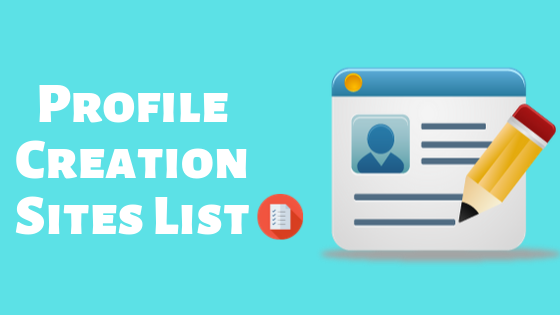Top 5 Essential Website Optimization Strategies
Developing an internet site requires longer in planning than in execution. It involves a careful analysis of the specified goals, which will prove beneficial for an extended time. In today's world, it's vitally important to form sure that an internet site is compliant with all the technical factors which directly make or break the marketing strategy. So as for your new website to successfully reach its audience, it must be pre-optimized and continued to be optimized right after it goes live.
Pre-optimization of the website refers to the critical steps involved in establishing a land for SEO before the web site goes live. Many small businesses take tons of your time to realize significant web traffic after their website goes live. This point duration is often effectively reduced by taking a couple of highly essential steps while the web site is being finalized. However, it's equally important to review an internet page design before proceeding to SEO thoroughly.
Here is that the SEO Checklist to make sure Your Website Is Pre-Optimized When Launched:
1. Install Google Analytics (GA)
There are no better thanks to tracking and monitor the numbers than Google Analytics. There are two ways to try to do this:
a. Get the UA Code by searching the source for "UA."
b. Use the Tag Manager through the Tag Assistant Plugin by Google.
Google Analytics also allows a good range of other tracking measures to support the sort and complexity of an internet site.
2. Sources of Web Traffic in Google Analytics
There are various sources that you simply can track through Google Analytics for an in-depth overview of web traffic and recognition of your website. Some sources are quoted as examples below:
* Clicks from bookmarks
* Visitors who know your URL
* Search engines
3. Robots.txt File
As soon as your website goes live, it's within the hands of robots. Before you press the 'publish' button, check your robots.txt file again and again. A "User-agent: * disallow for the whole website means you're blocking all the robots, including our favorite program crawlers from accessing the site. Some Google crawlers are useful and help your website get indexed. However, it's also advisable to bar crawlers entering from some hidden corners crammed with only images or forms like get a quote or contact us page.
4. Facebook Pixel
Facebook is very popular for marketing campaigns for the majority of companies. It's strongly recommended to organize your website for these campaigns at an early stage by adding Facebook pixels. Facebook pixel enables the tracking of web traffic coming through Facebook campaigns. Facebook, also like other social media channels, is highly effective in raising brand image also as popularity among the properly targeted audiences.
5. Google Search Console
Google Search Console may be a tool designed and managed by Google to offer you a complete insight regarding your website. You'll check, compare, and make improvements to your (targeted) keywords for a far better ranking and recognition. If you've got hired an internet development company to take care of your website, you'll get to see if the acceptable tracking is enabled for your site as soon as your account is setup.
While you prepare to put in the Google Search Console, you'll get to check and include preferred domain, international targeting, sitemap.xml, etc.
Here Is How It Works:
* Setting preferred domain to www. As in standard SEO practices, the domains with www. are SEO friendly.
* Set the target country of a world domain like .com. Proximity plays a crucial role in local SEO.
* Link the Google analytics account to Google Console, ensuring that its data reaches to your GA account.
* Submit sitemap.xml file.
* Press the 'Fetch as Google' button.
* Submit the site to Bing (and other search engines).
Suggestions
* Pre-optimization refers to the critical steps involved in establishing a land for SEO before the web site goes live.
* Many small businesses take tons of your time to realize significant web traffic after their website goes live.
* this point duration is often effectively reduced by taking a couple of highly essential steps while the web site is being finalized.
* Here is that the SEO checklist to make sure your website is pre-optimized when launched.
* Install Google Analytics (GA) to watch the general progress of your website (traffic, source, timeline, etc.)
* There are various sources that you simply can track through Google Analytics for an in-depth overview of web traffic and recognition of your website.
* Robots.txt file should be enabled, allowing web crawlers to read and analyze the status of your website.
* it's strongly recommended to organize your website for marketing campaigns on Facebook at an early stage by adding Facebook pixel.
* Facebook pixel enables tracking of web traffic coming through Facebook campaigns.
* Google Search Console may be a tool designed and managed by Google to offer you a complete insight regarding your website.
* you'll check, compare, and make improvements to your (targeted) keywords for a far better ranking and recognition.
* If you've got hired an internet development company to take care of your website, you'll get to see if the acceptable tracking is enabled for your site as soon as your account is setup.




Comments
Post a Comment